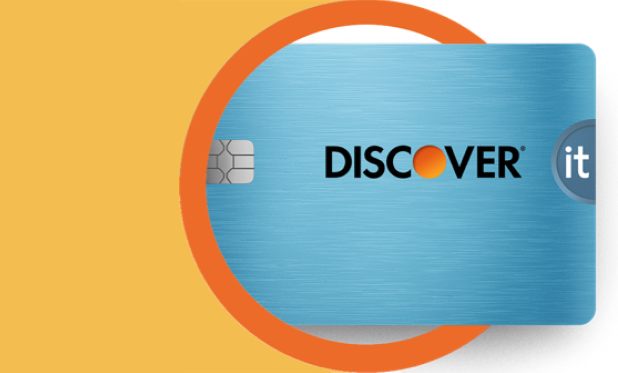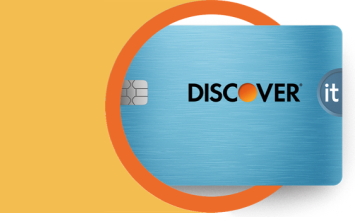A credit card decline code is a message that appears when a credit card transaction does not go through. The declined code helps the card issuer or the issuing bank communicate the reason behind the decline to both the merchant and the cardholder. These codes provide valuable information about the nature of the decline and can help in resolving the issue.

Credit Card Decline Codes: What They Mean and How to Resolve
6 min read
Last Updated: May 2, 2025
Next steps

See if you're pre-approved

View all Discover credit cards
See rates, rewards and other info
You may also be interested in
Was this article helpful?
Was this article helpful?




